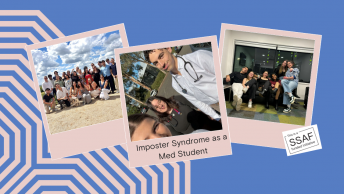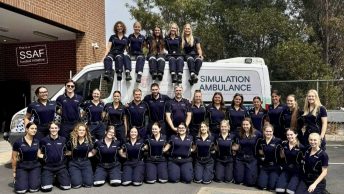This post is over three years old, the information may be outdated.
If you’ve heard the phrase ‘academic integrity’ used, you would know that it’s something expected of every student at Charles Sturt. In basic terms, this means that as a student, you are expected to give credit when using other people’s ideas and submit your own, original work.
One of the easiest things we can do to ensure we’re working with academic integrity is referencing correctly. When you’re in the depths of writing an assignment and motivation is running low, it may seem like an annoying step that doesn’t add any real value but this couldn’t be further from the truth! Apart from doing the right think by giving credit to the original author, you’re ensuring that you don’t lose marks.
Generally Charles Sturt uses APA Style referencing. This requires author and date information in-text, as well as corresponding publication information, such as titles and place of publication, in the reference list at the end of the work. As a student, you can use the Academic Referencing Tool (ART) or the Charles Sturt Guide to APA Referencing to learn how to reference and go to the Kickstart to Referencing Workshop to learn more. You can also ask questions on the Ask an Academic Skills Advisor forum.
We spoke to the Academic Skills Coordinator (and referencing expert) for Charles Sturt to get their top 5 tips for being a referencing pro!
- Get organised and allow enough time to write your assessment tasks. This means getting help from your lecturer or an Academic Skills Advisor if you don’t know where to start.
- Keep accurate notes. Make sure you include the author, date and publication information. This will help you reference while you’re writing your assignment.
- Paraphrase carefully. Make sure you understand the content and where appropriate, change the order of information, vocabulary and grammatical format.
- Make clear distinctions between your own ideas and the information that comes from the literature. Don’t forget the quotation marks for direct quotes!
- Use Turnitin to check for potential referencing errors.










